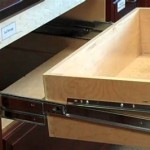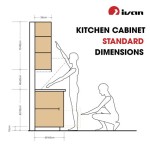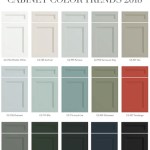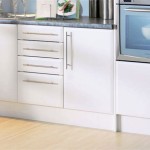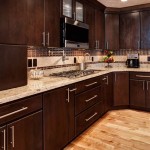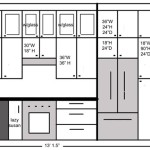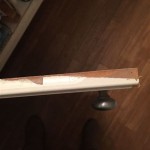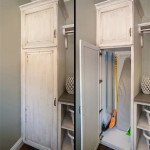1960s Kitchen Cabinet Hinges: A Guide to Essential Aspects
The 1960s was a period of significant innovation and change in kitchen design, including the introduction of new hinge technologies for kitchen cabinets. These hinges played a crucial role in shaping the functionality, aesthetics, and durability of kitchens during that era.
In this guide, we will delve into the essential aspects of 1960s kitchen cabinet hinges, exploring their unique features, advantages, and considerations. Whether you're a homeowner seeking to restore or upgrade your vintage kitchen or a designer seeking inspiration, this article will provide valuable insights.
Types of Hinges
The 1960s witnessed the use of various hinge types for kitchen cabinets, each with its distinct characteristics:
- Butt Hinges: Traditional hinges visible on the exterior of the cabinet door. They provide a simple and cost-effective solution.
- Blum Tandem Hinges: Concealed hinges that allow for smooth, dampened closing, enhancing the functionality and longevity of the cabinets.
- Compact Hinge System: Hinges concealed within the cabinet, providing a clean and seamless look.
Materials and Finishes
The materials and finishes of 1960s kitchen cabinet hinges were diverse, catering to different styles and preferences:
- Brass Hinges: Durable and aesthetically pleasing, brass hinges were a popular choice, complementing the mid-century modern aesthetic.
- Chrome Hinges: Resistant to corrosion and easy to clean, chrome hinges added a touch of shine and modernity to kitchens.
- Pewter Hinges: Subdued and sophisticated, pewter hinges offered a unique and elegant accent.
Features and Advantages
The hinges used in 1960s kitchen cabinets offered a range of features and advantages:
- Self-Closing Hinges: Hinges incorporated springs that gently closed the cabinet doors, providing convenience and reducing noise.
- Adjustable Hinges: Hinges allowed for adjustments, ensuring proper alignment and a seamless operation.
- Hidden Hinges: Concealed hinges created a clean and uncluttered look, highlighting the cabinetry's design.
Considerations for Restoration and Upgrade
When restoring or upgrading 1960s kitchen cabinets, it's essential to consider the following aspects:
- Original Hinges: If the original hinges are still functional, restoring them can maintain the authenticity of the kitchen's vintage charm.
- Replacement Hinges: In case of damaged or outdated hinges, replacing them with compatible modern hinges can enhance functionality and aesthetics.
- Professional Installation: Seek professional assistance for hinge installation to ensure proper alignment and durability.
Conclusion
The hinges used in 1960s kitchen cabinets played a vital role in shaping the era's kitchen designs. From traditional butt hinges to concealed compact hinges, these hinges offered a mix of style, functionality, and durability. Understanding the essential aspects of these hinges is crucial for preserving the authenticity of vintage kitchens or incorporating their unique features into modern designs. Whether restoring or upgrading, the considerations outlined in this guide will help you make informed decisions to enhance the beauty and functionality of your kitchen cabinetry.
.jpg?strip=all)
Brand New Brass Hardware In Our Mid Century Kitchen Dream Green Diy

Replace Vintage Amerock Cabinet Door Hinges 1960 1970

Updated 1960 S Kitchen Reveal Little Vintage Cottage

On The Doorstep Kitchen Revamp Part I Cabinet Design Remodel
.jpg?strip=all)
Brand New Brass Hardware In Our Mid Century Kitchen Dream Green Diy

How To Paint Kitchen Cabinets Budget Friendly Makeover

Wood Kitchen Cabinets In The 1950s And 1960s Unitized Vs Modular Construction Retro Renovation
.jpg?strip=all)
Brand New Brass Hardware In Our Mid Century Kitchen Dream Green Diy

For Those Who Kept Their Old Kitchen Cabinets Pics

1 000 Vintage Kitchen Tour With Painted White Cabinets And Adding A Stand Alone Cabinet Before After Makeover Emily Retro Diy Home Design
Related Posts

